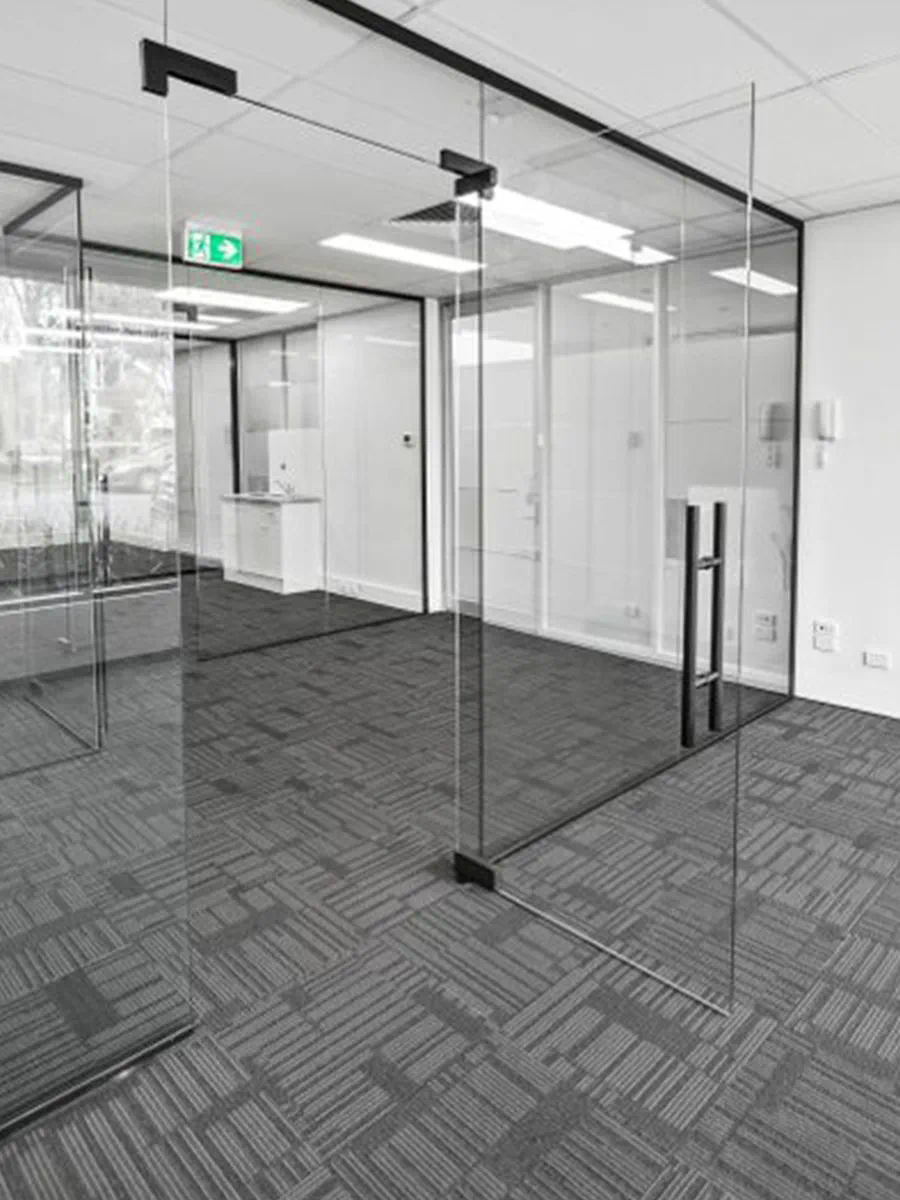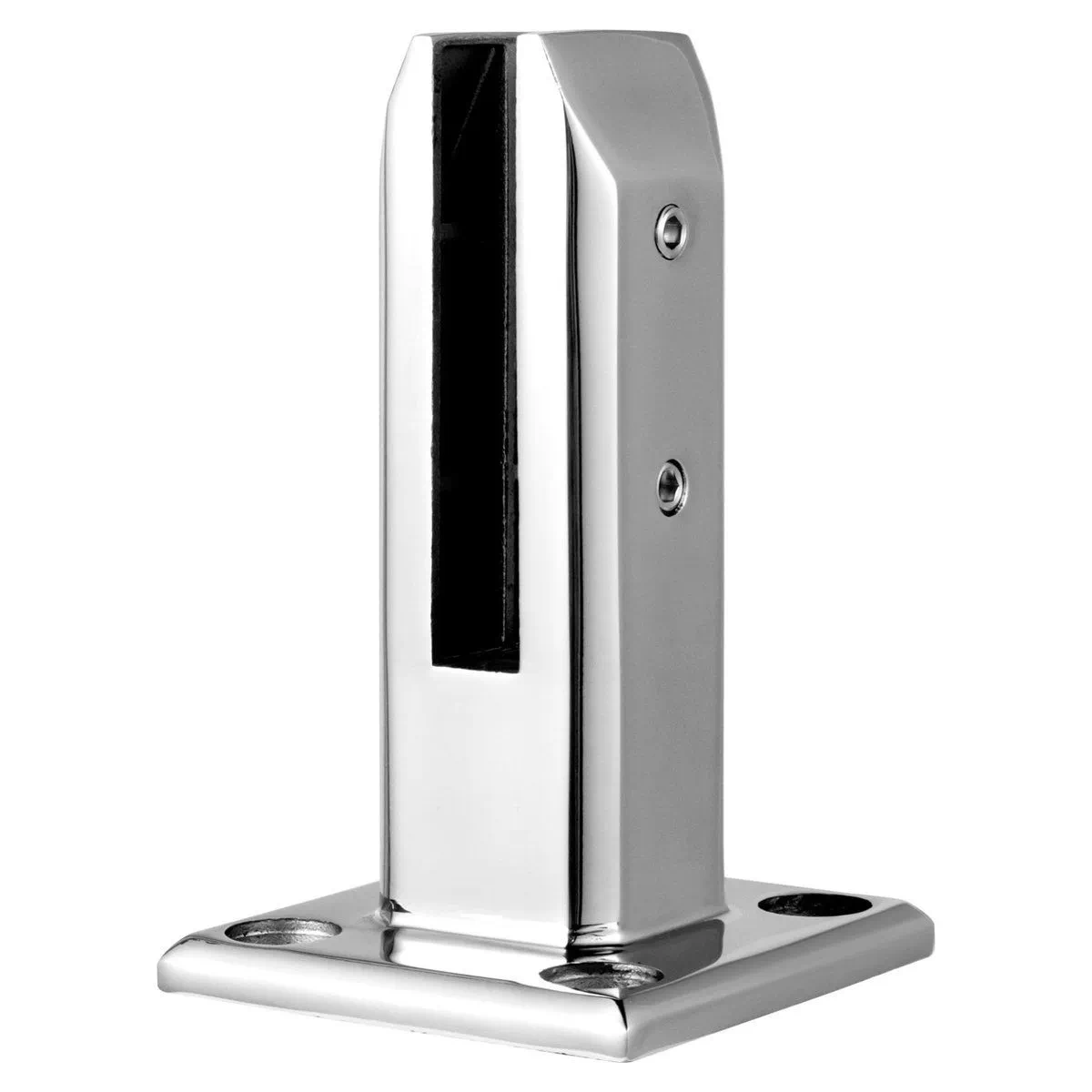Improving Performance by Understanding Heat Transfer in Graphite Condensers
Improving Performance by Understanding Heat Transfer in Graphite Condensers
Heat transfer plays a critical role in the efficiency and performance of various industrial systems, particularly in condensers. Graphite condensers are widely used due to their excellent thermal conductivity, resistance to corrosion, and ability to withstand high temperatures. This article delves into the intricate mechanisms of heat transfer in graphite condensers, exploring their design, operational principles, and methods for enhancing efficiency.
Understanding the Basics of Heat Transfer
Heat transfer is the process of thermal energy moving from one physical system to another. It can occur through three primary mechanisms: conduction, convection, and radiation. In the context of graphite condensers, conduction and convection are the most relevant processes.

Conduction is the transfer of heat through a material without any movement of the material itself. In graphite condensers, this occurs as heat moves from the hot fluid to the cooler graphite surface. The effectiveness of conduction depends on the material properties of graphite, including its thermal conductivity, which allows efficient heat transfer.
Convection involves the movement of fluid, which can significantly enhance heat transfer rates. In a condenser, the fluid (usually steam or vapor) comes into contact with the cooler surfaces of the condenser, losing heat and condensing into liquid. The efficiency of this process is influenced by the flow characteristics of the fluid and the temperature gradient between the fluid and the graphite surface.
The Role of Graphite in Condensers
Graphite is favored in condenser applications because of several unique properties. Its structure provides high thermal conductivity, enabling effective heat dissipation. Moreover, graphite is chemically inert, making it resistant to corrosion from various fluids, including aggressive chemicals found in some industrial processes.
Graphite’s ability to withstand high temperatures further enhances its suitability for use in condensers, where it can maintain structural integrity under extreme conditions. Additionally, the availability of graphite in various forms, such as blocks, sheets, or custom shapes, allows for versatile designs tailored to specific thermal management needs.
Design Considerations for Graphite Condensers
The design of a graphite condenser is crucial for optimizing heat transfer efficiency. Several factors must be considered during the design process:
1. Surface Area: The heat transfer rate is directly proportional to the surface area available for heat exchange. Increasing the surface area of the graphite components can enhance heat transfer efficiency. This can be achieved through the design of fins, grooves, or other surface modifications that increase contact with the cooling fluid.
2. Flow Arrangement: The arrangement of fluids within the condenser impacts the effectiveness of heat transfer. Counterflow arrangements, where the hot and cold fluids flow in opposite directions, tend to provide higher thermal efficiencies compared to parallel flow configurations.
3. Temperature Gradients: Maximizing the temperature difference between the hot fluid and the graphite surface promotes greater heat transfer. Careful control of operating conditions is necessary to maintain these gradients throughout the condensation process.
4. Maintenance of Fluid Properties: The physical properties of the fluid, including velocity, viscosity, and density, affect heat transfer rates. Maintaining optimal fluid characteristics through proper system design and operation can contribute to improved performance.
Enhancing Heat Transfer Efficiency
Several strategies can be employed to improve heat transfer efficiency in graphite condensers:
1. Surface Enhancements: Modifying the surface of the graphite can promote better heat transfer. Techniques such as coating the graphite with materials that enhance thermal conductivity or applying microstructural modifications can lead to improved performance.

2. Optimizing Flow Conditions: Adjusting the flow rate of the cooling fluid can significantly impact heat transfer. Higher flow rates typically increase the convective heat transfer coefficient, thereby enhancing overall efficiency. However, care must be taken to avoid excessive pressure drops that could impact system performance.
3. Regular Maintenance: Ensuring that the condenser operates under optimal conditions requires regular maintenance. This includes checking for fouling or scaling on the graphite surfaces that can impede heat transfer. Cleaning and maintaining the system can help sustain performance levels over time.
4. Advanced Control Systems: Implementing sophisticated control systems can optimize operational parameters in real time. These systems can adjust flow rates, temperatures, and other variables to maximize heat transfer efficiency based on current operating conditions.
Case Studies on Performance Improvement
Numerous case studies illustrate the benefits of understanding and optimizing heat transfer overall heat transfer coefficient for graphite condenser in graphite condensers. One notable example involved a chemical processing plant that utilized a graphite condenser for a critical cooling application. Initial performance assessments revealed that the efficiency was below expected levels due to inadequate flow rates and significant fouling on the condenser surfaces.
The facility implemented a series of enhancements, including increasing the cooling fluid flow rate and regularly cleaning the condenser surfaces. Additionally, they applied surface treatments to the graphite to improve heat transfer characteristics. As a result, the overall performance improved significantly, leading to increased production rates and reduced energy consumption.
Another case study focused on a power generation facility using graphite condensers in its steam condensing system. By re-evaluating the design and flow arrangements, engineers were able to optimize the configuration, resulting in a marked increase in thermal efficiency. The improvements not only enhanced the system’s performance but also extended the lifespan of the condenser components.
Future Trends in Graphite Condenser Technology
As industries continue to evolve, so too does the technology surrounding graphite condensers. Emerging trends in materials science and engineering are paving the way for more efficient and effective heat transfer solutions. Some potential future developments include:

1. Nanomaterials: Research into nanostructured materials may lead to even higher thermal conductivities than those currently achievable with traditional graphite. These materials could revolutionize the design of condensers, allowing for smaller, more efficient systems.
2. Computational Fluid Dynamics (CFD): Advances in CFD modeling enable more accurate predictions of heat transfer performance in complex systems. Utilizing these simulations can help engineers design optimized condenser configurations before physical implementation.
3. Smart Materials: The integration of smart materials that respond to changing temperatures or pressures could enhance the adaptability of graphite condensers. Such materials could allow for dynamic adjustments to optimize heat transfer in real-time.
4. Sustainable Practices: As industries move towards more sustainable operations, the development of eco-friendly materials and processes will become increasingly important. Graphite condensers can play a vital role in energy-efficient systems, contributing to reduced carbon footprints and improved environmental performance.
Conclusion
Understanding heat transfer in graphite condensers is essential for improving their performance and efficiency. By exploring the underlying principles of heat transfer, considering design factors, and implementing enhancement strategies, industries can optimize their condenser systems for better operational outcomes.
With ongoing advancements in materials science and technology, the future of graphite condensers looks promising. By leveraging these innovations, industries can achieve greater efficiency, reduce energy consumption, and ultimately drive more sustainable practices in their operations. The continued exploration and understanding of heat transfer mechanisms will remain fundamental to maximizing the performance of graphite condensers in diverse applications.
https://icreekside.com/

